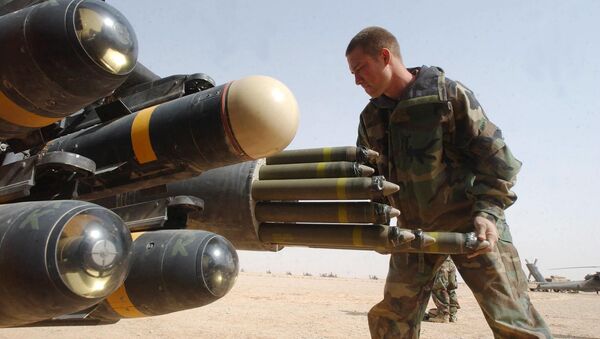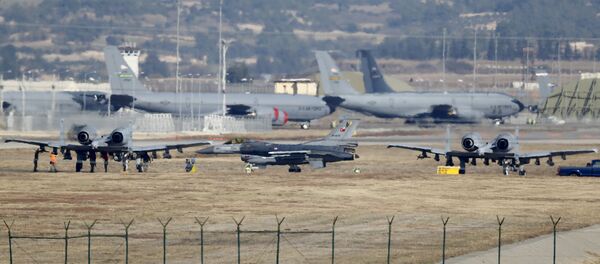Global arms sales fell, from $89 billion in 2014, to $80 billion in 2015, possibly due to lower oil prices limiting the amount of money some nations could pour into weapons purchases. Qatar nonetheless spent some $17 billion on weapons, according to a recent congressional research brief.
New orders from Saudi Arabia, Iraq, and South Korea constituted a large chunk of US weapon sales, according to the brief. Longstanding relationships with military purchasers around the world helped the US secure many orders from nations that have used American weapons systems over extended periods of time.
Further, "it is important to emphasize," said Catherine Theohary, the author of the report, that US arms agreements have a wide scope, including spare parts, ammunition, training, and support services that "can have significant costs associated with them."
The US sold a slew of Patriot PAC-3 missiles to Saudi Arabia. Meanwhile, Qatar acquired PAC-3s, Javelin missiles, and Apache helicopters from the US.
For Russia’s part, key deals with China, India, Malaysia, Vietnam, Burma and Indonesia drove its arms business. Missiles and aircraft, especially, were attractive for Russia’s clients, but "less so naval systems," the report noted.



